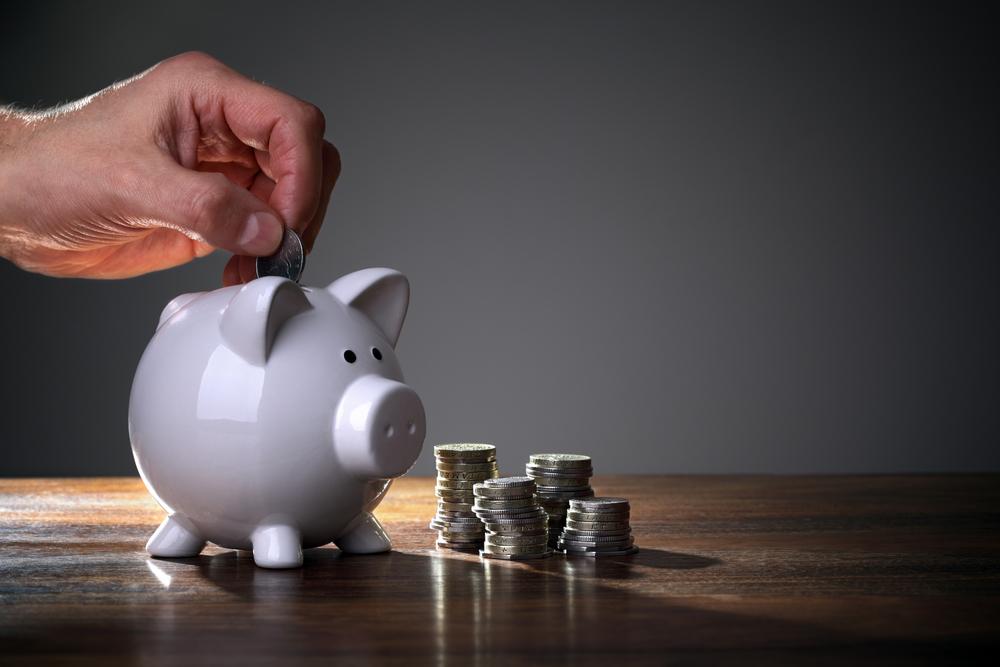Guide to Opening a Bank Account
Learn how to open a bank account with this comprehensive guide. Understand the essential documents needed, the verification process, and tips for managing your account securely. Whether for daily transactions or future financial planning, opening a bank account is a crucial step towards financial independence and safety. The article covers key considerations and benefits, helping beginners navigate the process confidently and securely.

Guide to Opening a Bank Account
Thinking about whether you need a bank account? The answer is a definite yes. Banks serve as financial hubs where you can safely deposit money and access various financial services. Having a bank account is essential for managing your finances and supporting the economy. These accounts are like secure storage for your money and even help it grow through interest.
Furthermore, opening a bank account is often a requirement for loans, credit cards, or mortgages. When your funds are in a bank, handling your money becomes much easier. The advantages of maintaining a bank account are numerous.
First, it provides financial security. Second, you can perform multiple transactions using a debit card linked to your account.
Important Factors to Consider Before Opening a Bank Account
Having a bank account is crucial for everyday financial activities. The FDIC (Federal Deposit Insurance Corporation) insures your deposits up to USD 100,000. The most common types are checking and savings accounts. Checking accounts are used for daily transactions, including check writing and debit card usage.
Before opening an account, it's recommended to visit the bank in person to complete inquiries and signing procedures. However, some banks also offer online or phone account opening options.
After account setup, the bank will provide important information and FAQs, including details about minimum balances, withdrawal limits, monthly fees, and debit card charges. Necessary verification documents include a photo ID issued by the DMV, proof of address like utility bills or driver’s license, and your social security or taxpayer identification number, confirming U.S. citizenship.
Once verified, your account will be activated, and the bank will share your account details along with essential documents containing your four-digit PIN for debit transactions and your account number. Keep these documents safe to prevent unauthorized access.
If you suspect your banking information is compromised, reportImmediately to the bank to secure your account. After activation, you can deposit paychecks, cash, or checks, and withdraw money via ATMs by entering your PIN. ATMs are conveniently located everywhere, including within bank branches.
Individuals can hold multiple accounts across different banks. Maintaining a bank account simplifies financial management and transaction handling for everyone.
Note:
The information provided here covers essential topics, but readers should consider that details might vary across banks and regions. Always verify specifics directly with your bank. We recommend using our information as a helpful guide, not an ultimate authority. The website is not responsible for data discrepancies or missed offers.










